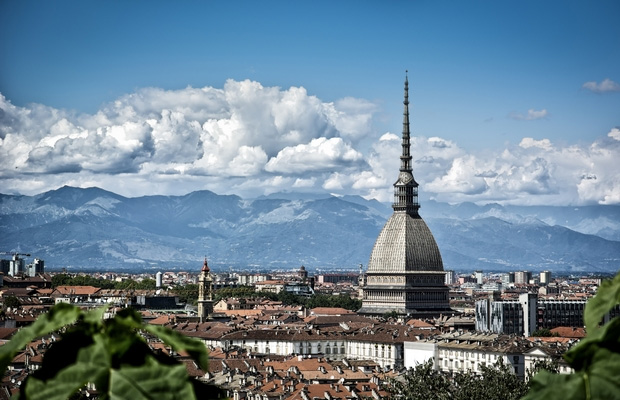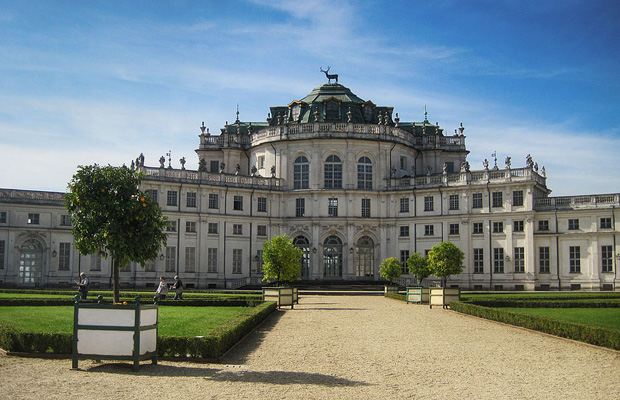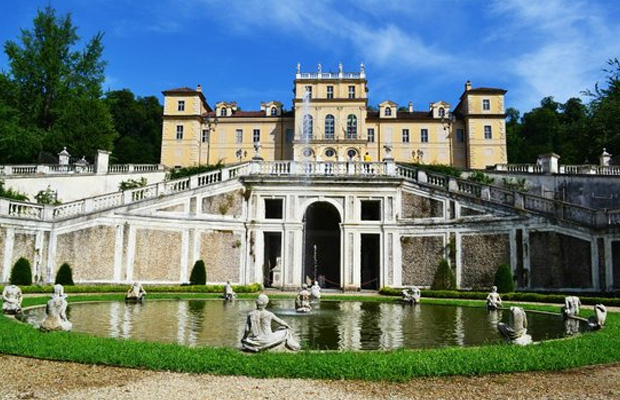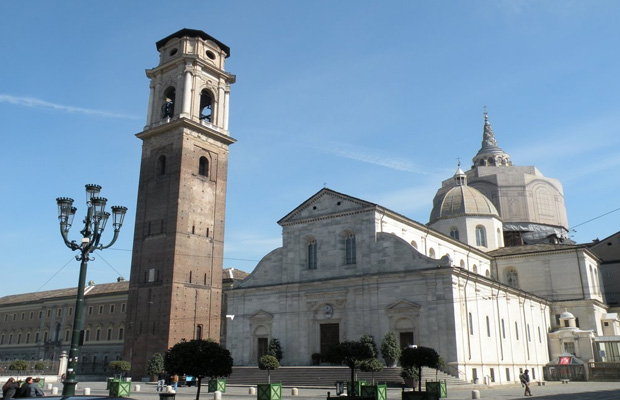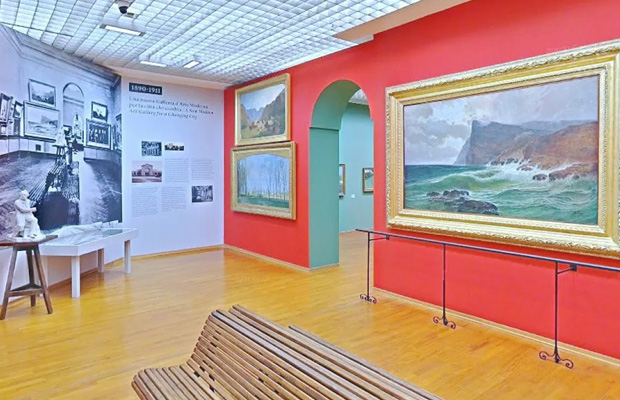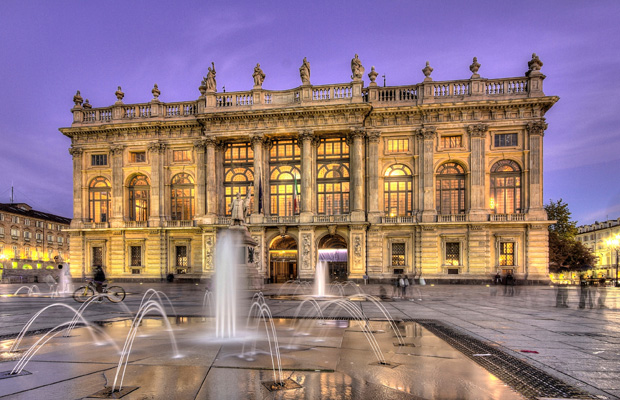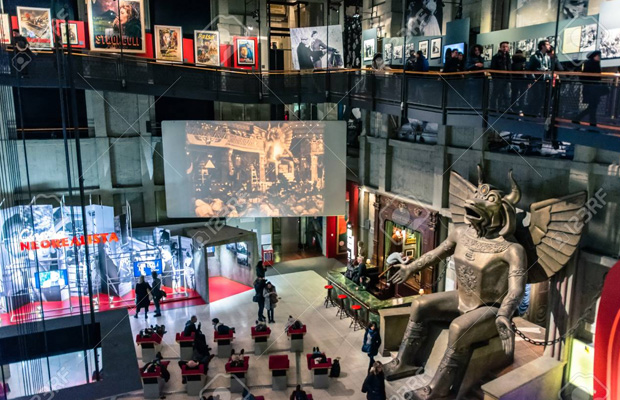Mole Antonelliana
Mole Antonelliana
Italy
Turin
Turin Travel Guide
Book Tour & Activities
Your tour in Turin.
Book your stay
Your hotel in Turin.
Overview
The Mole Antonelliana is a major landmark building in Turin, Italy, named after its architect, Alessandro Antonelli. A mole in Italian is a building of monumental proportions. Construction began in 1863, soon after Italian unification, and was completed in 1889, after the architect's death.
The Mole Antonelliana is a major landmark building in Turin, Italy, named after its architect, Alessandro Antonelli. A mole in Italian is a building of monumental proportions. Construction began in 1863, soon after Italian unification, and was completed in 1889, after the architect's death. Originally conceived of as a synagogue, it now houses the National Museum of Cinema, and is believed to be the tallest museum in the world. A representation of the building is featured on the obverse of the Italian 2 cent euro coin. Catalan vaults are featured in the ceiling of the ground floor under the atrium, which are relatively rare in Italy but popular in Spain, where they originated.
History
The building was conceived and constructed as a synagogue. The Jewish community of Turin had enjoyed full civil rights since 1848, and at the time the construction of the synagogue began, Turin was the capital of the new Italian state, a position it held only from 1860 to 1864. The community, with a budget of 250,000 lire and the intention of having a building worthy of a capital city, hired Alessandro Antonelli. Antonelli had recently added a 121 m (397 ft) dome and spire to the seventeenth-century Basilica of San Gaudenzio in Novara and promised to build a synagogue for 280,000 lire.
The relationship between Antonelli and the Jewish community was not happy. He proposed a series of modifications which raised the final height to 167.5 m (550 ft),[1][2] over 46 m (151 ft) meters higher than the dome in the original design. Such changes, in addition to greater costs and construction time than were originally anticipated, did not please the Jewish community and construction was halted in 1869, with a provisional roof.
With the transfer of the Italian capital to Florence in 1864, the community shrank, but costs and Antonelli's ambition continued to rise. In 1876, the Jewish community, which had spent 692,000 lire for a building that was still far from finished, announced that it was withdrawing from the project. The people of Turin, who had watched the synagogue rise skyward, demanded that the city take over the project, which it did. An exchange was arranged between the Jewish community and the city of Turin for a piece of land on which a handsome Moorish Revival synagogue was quickly built.[5] The Mole was dedicated to Victor Emmanuel II. Antonelli resumed construction, increasing the height to 146 m (479 ft), 153 m (502 ft), and finally 167.5 m (550 ft). He worked on the project until his death in October 1888.
Antonelli's original vision for the spire was to top it off with a five-pointed star, but he later opted for a statue instead, depicting a winged genie, or "genio alato" - one symbol of the House of Savoy. The statue was commissioned to the sculptor Fumagalli, months after Antonelli's death. The design included an embossed and gilded copper genie holding a lance in one hand and a palm branch in the other. On its head was a small five-pointed star supported by a pole. When the star was set in its place on April 10, 1889, it brought the total height of the Mole to 167.5 m (550 ft), making it the tallest brick building in Europe at the time.[6]
From 1908 to 1938, the city used the Mole to house its Museum of the Risorgimento, which was moved to the Palazzo Carignano in 1938.
The Mole Antonelliana is the tallest unreinforced brick building in the world (built without a steel girder skeleton).
Address: Via Montebello, 20, 10124 Torino TO, Italy
Height: 168 m
Hours: Closed ⋅ Opens 10AM
Construction started: 1863
Architect: Alessandro Antonelli
Video Travel Inspiration
See Mole Antonelliana on Map
Most Popular Cities

Siem Reap
Cambodia
Ho Chi Minh City
Vietnam
Beijing
China
Paris
France
London
United Kingdom
New York
USA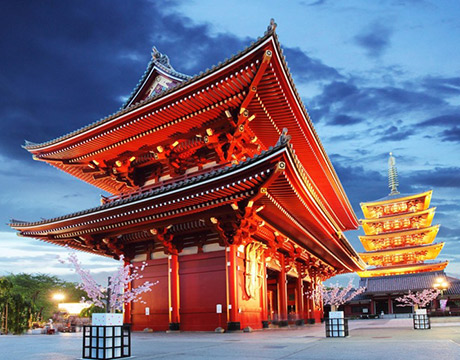
Tokyo
Japan
Bangkok
Thailand
Seoul
South Korea
Vientiane
Laos
Yangon
Myanmar
Washington DC
USA
Los Angeles
USA
Ottawa
Canada
New Delhi
India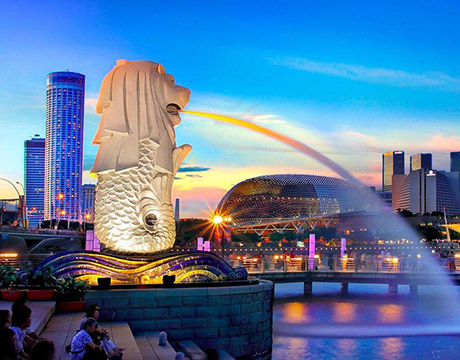
Singapore
Singapore
Kuala Lumpur
Malaysia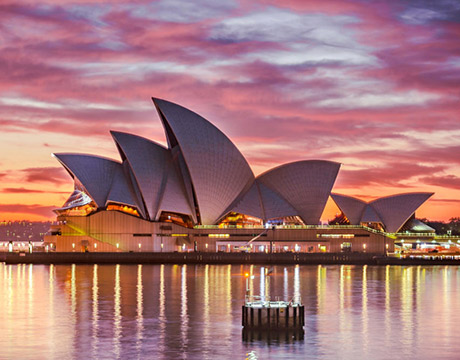
 English
English French
French Khmer
Khmer Thai
Thai Vietnamese
Vietnamese Chinese
Chinese Korean
Korean German
German Japanese
Japanese Italian
Italian Russian
Russian Spanish
Spanish Dutch
Dutch Indonesian
Indonesian Malay
Malay
